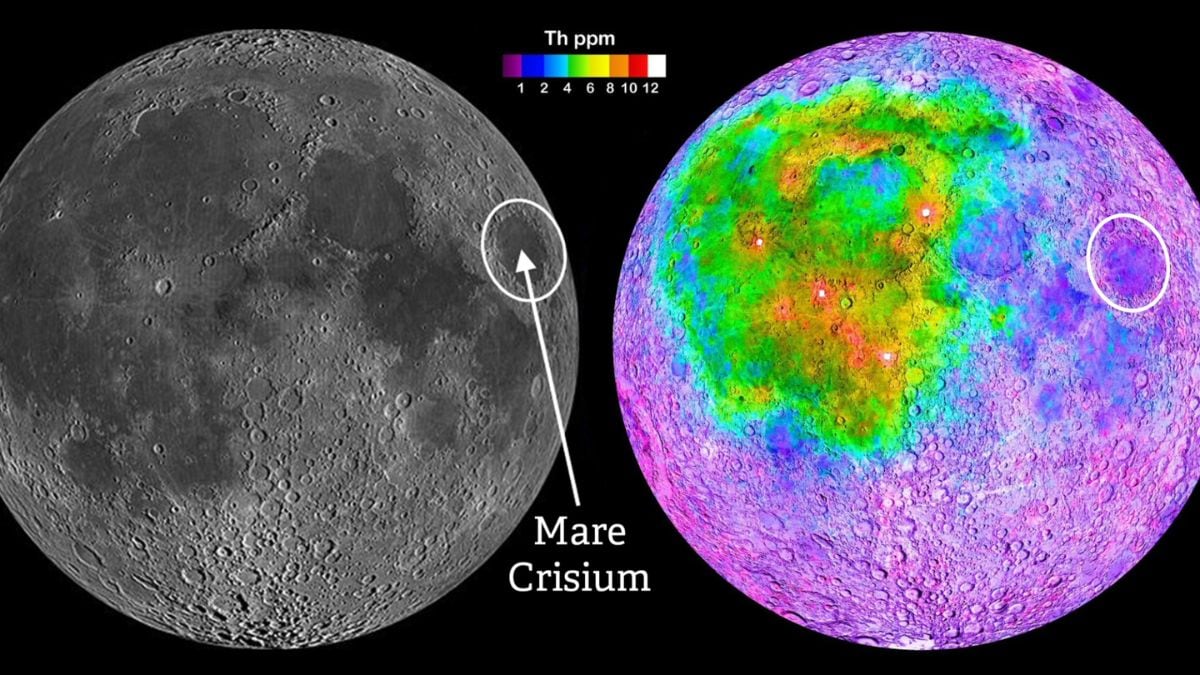
NASA’s $176.7 million for Firefly is funding a contract to ship two rovers and three science devices to the south pole of the moon in 2029. It is going to be the primary of a number of rovers to roll in on a single flight beneath NASA’s Industrial Lunar Payload Companies (CLPS) initiative. The cargo variant of Blue Origin’s lander is in improvement to prospect the moon’s floor for assets, like water ice, that can be utilized to help future crewed missions. It’s Firefly’s fifth CLPS job order and fourth manifested lunar touchdown, additional supporting NASA’s overarching Artemis programme to return people sustainably to the Moon.
Firefly’s Multi-Yr Moon Mission to Ship Rovers, Examine Water Ice at Lunar South Pole
In line with a NASA statement, Firefly is slated to launch between July 2025 and March 2030, delivering the payload to finish a full floor supply mission. The payload options cellular rovers and science devices from collaborators such because the Canadian Space Agency and the College of Bern that can examine floor chemistry, radiation measurements, and hydrogen-rich volatiles.
The brand new US imaginative and prescient — the Artemis programme — pays consideration to the moon’s southern pole, the place water is saved in ice. Firefly makes two profitable lunar deliveries in 2025 and 2028 with the assistance of CLPS, driving prices decrease and flight charges larger.
Firefly Mission to Map Lunar Hazards and Pave the Method for Future Human Exploration
The mission bundle, which incorporates imaging, autonomous mobility, and regolith evaluation, goals to map hazards, find protected zones, and put together for future human missions, together with Mars-targeting.
As famous by Johnson Area Centre’s CLPS supervisor Adam Schlesinger, lunar deliveries like this one “will present a greater understanding of the exploration surroundings”, bringing NASA nearer to attaining a sustainable lunar presence.
